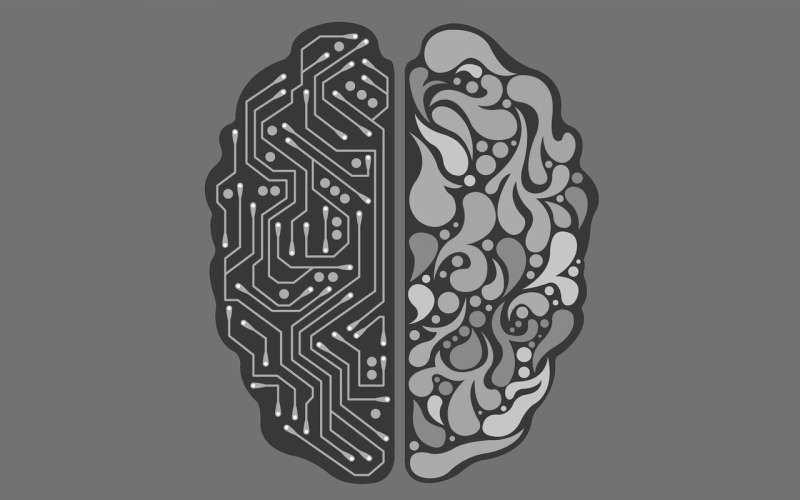One hand and two hemispheres: How both sides of the brain get involved post-amputation

Psychologists have shown, for the first time, how our brains' plasticity and ability to adapt, extends across both sides of the brain.
We have known for a while that if one body part or function is lost, then an adjacent part of the brain, which controls a different function, can extend into and 'take over' the part of the brain responsible for the missing function.
Now functional MRI scans have shown how, in people who have lost one hand, the functions controlling the surviving hand extend across both brain hemispheres.
This new understanding could help to develop new therapies for individuals who have lost or injured a limb, and have implications for the development of prosthetic limbs designed to restore touch and feeling.
Dr. Ken Valyear Lecturer and Principal Investigator of the Hand and Brain Lab at Bangor University's world-leading School of Psychology and first-author of the research paper explains:
"Different parts of our brain are devoted to feeling and moving different parts of our body, and normally, the left side of our brain responds when we feel something with our right hand, while the right side of our brain responds when we feel something with our left hand.
Our new findings reveal a startling change in this relationship. What we discovered is that when someone loses a hand, both sides of the brain respond when the remaining hand is touched. It is as if the part of the brain that was formally devoted to the now missing hand is given a new role, to help process information from the remaining hand."
This kind of result had been seen in other species, yet this is the first experiment to show this in the human brain.
Ken Valyear added: "This new result extends our understanding of human brain plasticity. Moving forward, we have started some new work at Bangor that will help us to better understand the brain changes that follow serious injuries to the peripheral nerves of the hand. We are very excited about this new work, as there is a real chance for us to learn something that will help these patients get better."


















